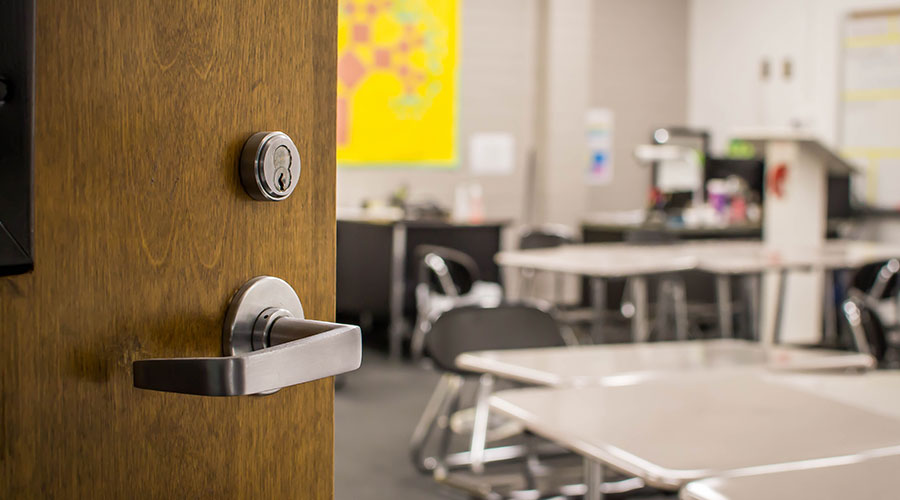Opening Doors for People with Disabilities Remains a Challenge
American Association of Automatic Door Manufacturers helps fill gap in ADA law.
By Doug Carroll, Contributing Writer
The Americans with Disabilities Act (ADA), which became law in July 1990, focused on making sure that people with disabilities have the same rights and opportunities as everyone else. It was historic legislation, mentioned in the same breath with the Civil Rights Act of 1964.
“Today, America welcomes into the mainstream of life all of our fellow citizens with disabilities,” President George H.W. Bush said the day he signed the act. “We embrace you for your abilities and for your disabilities, for our similarities and indeed for our differences, for your past courage and your future dreams.”
The occasion was worthy of those lofty words, and there is no debate over the significance of the ADA. However, many public buildings remain difficult or impossible to access for people with mobility limitations.
The American Association of Automatic Door Manufacturers (AAADM) was founded four years after the ADA became law. It has continued the fight, pushing to literally open more doors.
Despite its groundbreaking status, the ADA does not require automatic doors at the entrances to public buildings. In 2021, the International Building Code mandated inclusion of automatic doors — but this did not apply to buildings with smaller occupancies and less foot traffic. Besides, the code is voluntary.
The Architectural Barriers Act of 1968 requires automatic doors for government buildings, although exceptions are allowed for historical preservation.
The AAADM makes a simple pitch to building owners, facility managers, architects and contractors: Do the right thing. Full accessibility includes automatic doors, the organization says, and it’s an investment that will pay big dividends with new customers, patrons and clients.
When tax incentives and available grants are factored in, the expense can be managed, says Kathleen Carroll, an educator with the AAADM.
Automatic doors are “not just a nice-to-have,” she says. “They make a difference.”
Carroll saw this for herself when she suffered a broken ankle earlier this year and was in a boot and on crutches for six weeks. Suddenly, her mobility was compromised in ways that she hadn’t experienced before. Simple tasks became more complicated.
The difference made by automatic doors also was evident in Austin, Texas, several years ago when Archer Hadley, then an 18-year-old with cerebral palsy using a wheelchair, was caught in a downpour outside the doors of his high school and struggled to get inside.
Told that an automatic door would cost at least $5,000 to install, Hadley decided to make it a cause. He organized a “wheelchair challenge” at the school, with able-bodied students each spending a full day in a wheelchair. It raised $87,000 — more than enough for several automatic doors.
Carroll noted that with a growing senior population in the U.S., the need for improved access will grow along with it.
“This is about drawing attention to the needs of people,” she says. “Physical accessibility is still an issue. The pushback is always ‘we have the ADA.’ But this goes beyond the letter of the law.”
Doug Carroll is a freelance writer based in Chandler, Arizona.
Related Topics:












